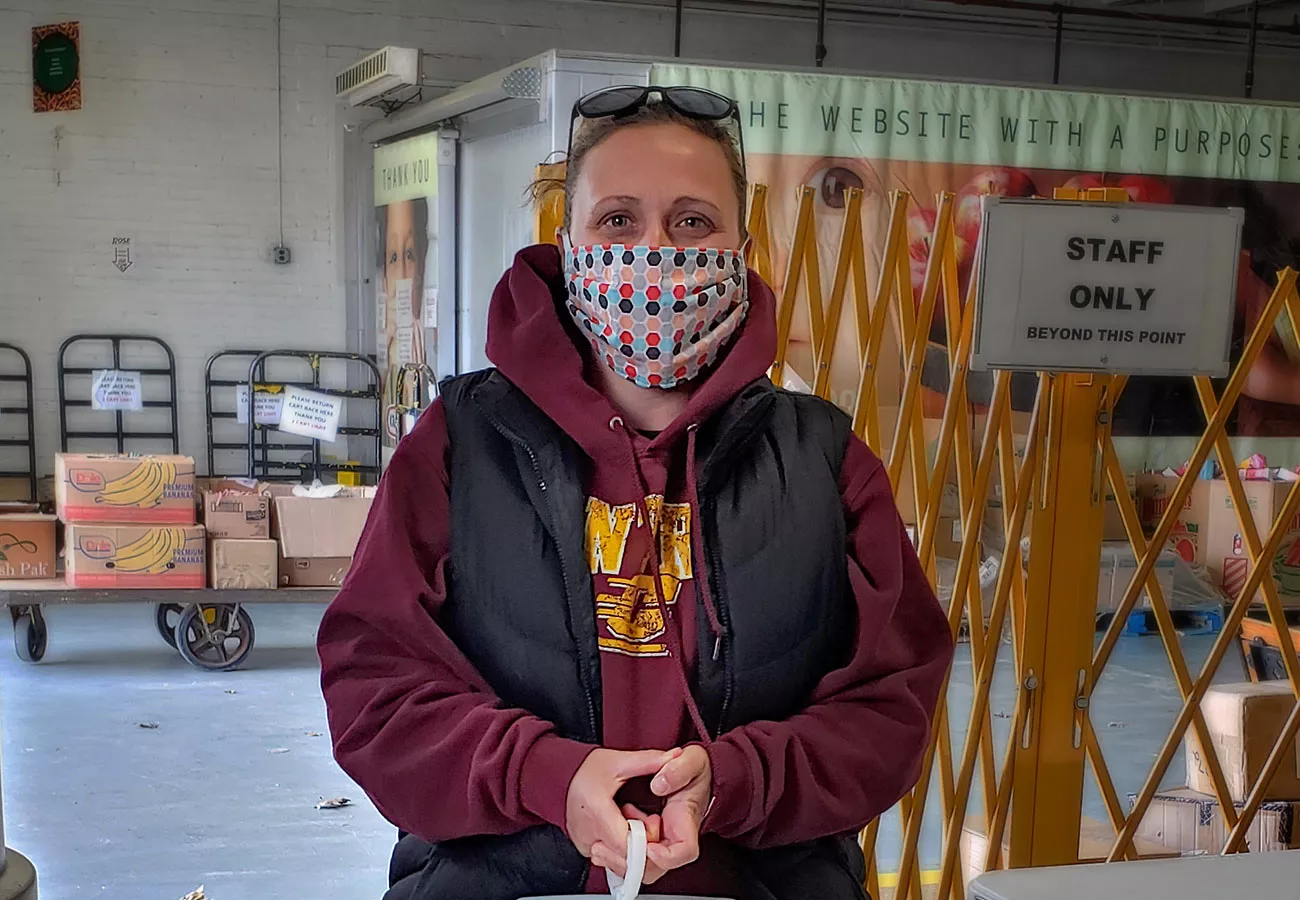United Way
Using data visualizations to help struggling families during COVID-19

At a glance
We helped United Way for Southeastern Michigan build Microsoft Power BI data visualizations that show how it’s helping those in need during COVID-19. Now, the nonprofit organization can rally more donations and support to help its community during this crisis and in the future.
Impact
Now, the nonprofit organization can rally more donations and support to help its community during this crisis and in the future.
Key Services
Industry
Nonprofit and philanthropy
Key Technologies / Platforms
- Microsoft Azure
- Microsoft Power BI
A community in crisis
Before COVID-19 hit the Southeastern Michigan region, 44 percent of households were struggling to meet basic needs like food, housing, and healthcare. According to United Way’s ALICE report, these households were only one bad day away from financial struggle.
Now, these families—and many more—are in crisis.
United Way for Southeastern Michigan is one of 1,800 United Ways around the world fighting for the health, education, and financial stability for every person in every community. Since the devastating impact of COVID-19 began, United Way has been providing immediate and crucial support to organizations, nonprofits, schools, and childcare facilities.
United Way for Southeastern Michigan launched a COVID-19 Community Response Fund to quickly help the community’s most vulnerable populations, like kids who can no longer get free meals at school. It also saw a surge in calls to its 211 help line—a free, 24/7 service that helps people find the local resources they need, from how to file for unemployment to where to find a shelter to sleep.
The United Way team needed a way to show the impact it’s making—with the COVID relief fund, 211, and volunteerism—to build trust with current donors and inspire more donations, partners, and volunteers.
“There was an opportunity for people to learn about our organization, understand the immense community need here, and see how they can get involved,” says Emily Mueller, the organization’s director of research, data and analytics.
The team had a lot of data about these initiatives but no way to turn it into compelling stories about the impact they’re making and the impact new donors and volunteers can make. That’s where Slalom came in.
Easy-to-see stories
We focused on creating a scalable solution that would help United Way now and in the long-term. United Way’s data was living in many different places, including Microsoft Forms, Excel, and Access database. There was also external data, like COVID-19 cases from local hospitals, that we tapped into through an API. To centralize all of this data in the cloud, we developed a SQL server in Azure.
We then built four Microsoft Power BI dashboards, which are now live on United Way’s website.
“People can dive in and use the dashboard interactively to see the needs of the community and the impact United Way is making on a macro and micro level,” says Drew Triplett, solution architect at Slalom. “People can easily see what United Way is doing in their own community, in Oakland County, in Farmington Hills, wherever they live.”
“It's great to be able to integrate the dashboards so tightly with our site and be able to link to, for example, our volunteer portal,” says Mueller. “People can come to this dashboard, learn about what United Way has done around volunteerism, and then click a button and go sign up themselves.”
Recognizing the urgency of a project like this, our Slalom team set an aggressive timeline and delivered the project in just four weeks.
Immediate and long-term impact
“One of the things I’m most grateful to Slalom for is that the product we implemented is phenomenal, but in addition to that, they helped us set up a backend data architecture that we're going to be able to leverage beyond COVID,” says Mueller. “This really lays the groundwork for our future efforts.”
One of those efforts is community planning. As we move out of the peak of the COVID-19 crisis, United Way will be focusing on recovery and building resiliency across communities.
“These dashboards will help us identify potential gaps and where we need to help remove barriers to really drive equity,” says Mueller.
For example, by looking at geographical information on the visualizations, you can see the disproportionate effect COVID-19 has had on historically Black communities in Southeastern Michigan.
Mueller says her team is now able to “make really important meaning out of this data and share it in a transparent way.”
By bringing the community’s urgent needs into the light, United Way can help families weather the current COVID-19 crisis and create a strong, equitable future for everyone in Southeastern Michigan.




